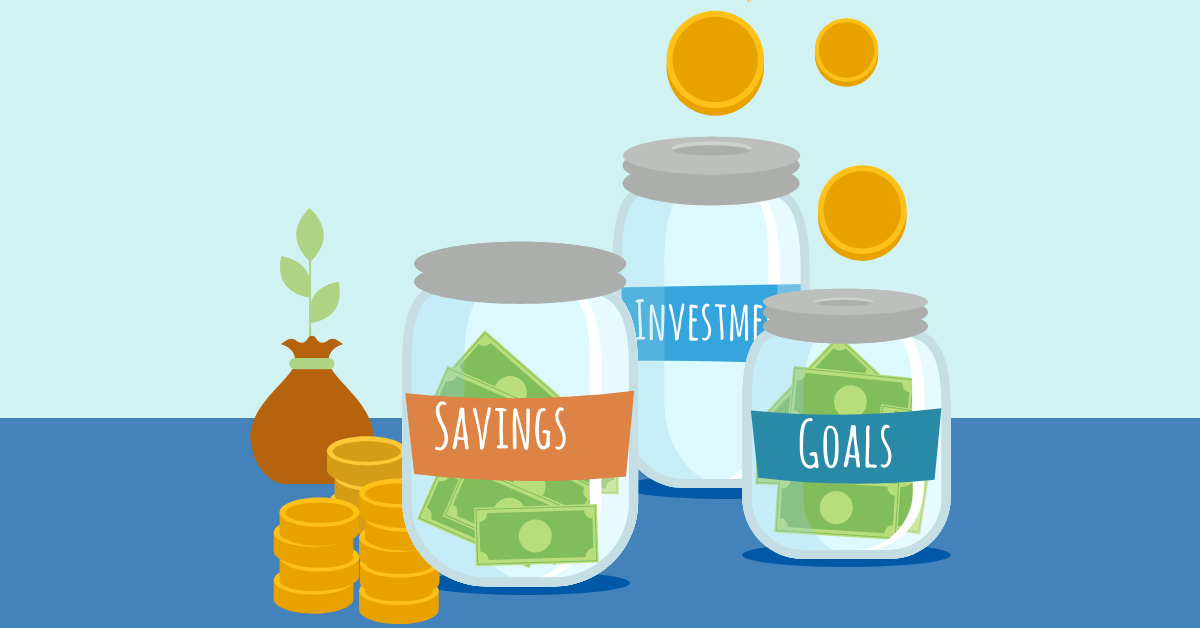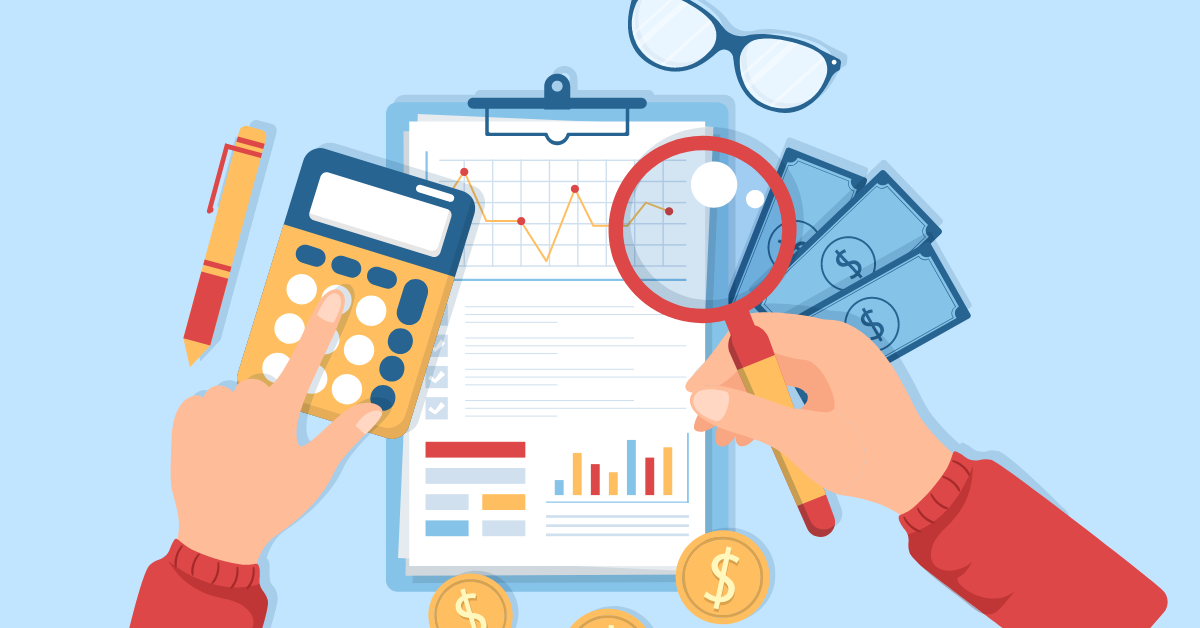Capital expenditure refers to funds spent by a company on things that will help it grow and make more money in the future. The capital expenditure that a company incurs, gives investors and analysts an insight about its investment patterns and future plans.
In this article, we shall take a look at what is capital expenditure (CapEx), the types of capital expenditure, the difference between capital expenditure and revenue expenditure, and more.
What is Capital Expenditure (CapEx)?
Capital expenditure is the money used by a business to acquire, upgrade, and maintain assets such as property, plants, buildings, technology, or equipment.
Usually, capital expenditure is used to undertake new projects or investments by a company. However, it also includes repairs and buying a piece of equipment. This outlay helps businesses to increase the scope of their operations or add a future economic benefit.
Understanding Capital Expenditure
Capital expenditures are amounts paid for goods and services that are recorded or capitalized on a company’s balance sheet, instead of the income statement. Capitalizing assets requires businesses to spread the cost of an expenditure over the useful life of an asset.
Generally, if an item has a useful life of less than a year, it is expensed on the income statement rather than capitalized. This means that it is not considered a capital expenditure.
Sometimes certain capital expenditures that might be relatively smaller in value are not capitalized. For example, money spent on buying a few calculators at an iron and steel manufacturing facility might be treated as a revenue expenditure, in spite of the fact that calculators have a useful life of more than a year.
The amount of capital expenditure that a company has depends on the industry in which it functions. Most capital-intensive industries have the highest levels of capital expenditures. This includes oil exploration and production, telecommunications, manufacturing, and utility industries.
Types of CapEx
Different types of assets contribute to a company’s long-term value. Therefore, there are several types of assets that can be considered as CapEx.
- Property
Buying or upgrading a building or property is considered a capital expenditure as the asset will now have a useful purpose for many years.
- Equipment
Equipment and machinery used in the manufacturing industry and other industries to produce goods might become obsolete or simply wear out. If the upgrades to the equipment are often needed and are higher than the capitalization limit that is in place, the cost should be capitalized.
- Software upgrades
Software expenditures are a significant cost for larger companies. Costs to upgrade or purchase software are considered capital expenditures if they meet specific criteria.
- Computers and servers
Computers and servers may be used to support the operational aspects of a company, including logistics, reporting, and communication of operations. They are considered as capital expenditure if they have a full life of greater than a year.
- Furniture
Furniture may be used to furnish an office building to make space usable by staff and customers. It helps to generate economic value over the years and is considered as capital expenditure.
- Vehicles
Vehicles may be used to transport goods, pick up clients, or be used by staff for business purposes. They are considered capital expenditures irrespective of the fact that they were purchased outright or financed with debt.
- Intangible assets
Patents may hold long-term value as the right to own an idea comes to fruition through product development. Assets for capital expenditures need not be physical or tangible.
Read More: Difference between Capital Expenditure and Revenue Expenditure
How to calculate CapEx?
One can calculate capital expenditures by using data from a company’s income statement and balance sheet. Depreciation expenses recorded for the current year are found on the income statement, and a list of assets is found on the balance sheet.
Formula and Calculation of CapEx
Where is CapEx found?
Capital expenditure can be found in the cash flow from investing activities in a company’s cash flow statement. Different companies highlight it in a number of ways like capital spending, purchases of property, plant, and equipment (PP&E), or acquisition expense.
CapEx vs. Revenue Expenditure (RevEx)
Here’s a table that summarizes the differences between capital expenditure and operating expenditure:
| Category | Capital Expenditure | RevenueExpenditure |
| Definition | Major purchases that a company makes, to add a future economic benefit | Day-to-day expenses that a company incurs to keep its business running |
| Examples | Assets, such as buildings, equipment, machinery, and vehicles | Employee salaries, rent, utilities, and property taxes |
| Useful Life | Generally longer than one year | Generally one year or less |
| Accounting Treatment | Recognized as an asset and then expensed through depreciation over its useful life | Reported as an expense on the income statement |
| Tax Treatment | Generally not fully deductible in the year they are made | Fully deductible in the year they are made |
Where is CapEx used?
Financial Statements
Capex is a key component of a business’ financial statements. Accountants who usually make these statements need to understand capital expenditures and see how they fit in with the rest of the business’ finances.
Budgeting
Capital expenditure budgets need adequate preparation before commencement. Businesses have to find the scope of the project, work out realistic deadlines, and ensure that the whole plan is reviewed and approved. At this stage, they determine the internal resources required for the capital expenditure.
Investment
Investors may consider a company’s annual capital expenditure to get an idea of its future growth, in addition to other factors.
Taxation
Taxation experts in a company keep track of capital expenditures to know how they are reported and claimed on tax documents.
In Closing
Capital expenditure refers to expenditure that a business makes to acquire, maintain and upgrade its assets. This expenditure plays an important role in the long-term financial health of a company.
CapEx is important to help businesses grow and maintain their competitive edge. It usually increases a business’ efficiency and productivity, leading to increased profitability.
Understanding CapEx is important for investors and analysts to evaluate a company’s financial health and growth potential. In addition, it is used to make budgets and plan taxation.
FAQs
Capital expenditure (CapEx) refers to the funds that a company spends on acquiring, upgrading, or maintaining long-term assets. It is used to undertake new projects or investments by a company.
Examples of capital expenditures include purchasing or improving long-term assets such as land, equipment, machinery, vehicles and furniture. It can also include repairing a roof (if the useful life of the roof is extended) or building a new factory.
Capital expenditure is money spent on long-term assets that will provide benefits to the company over several years. Revenue expenditure, on the other hand, is money spent on maintaining day-to-day operations. Unlike capital expenditure, revenue expenditure is expensed on the income statement.
Capital expenditure is important for businesses to be able to maintain existing property and equipment and to invest in new technology and other assets for growth. Analysts and investors pay close attention to a company’s capital expenditures to gauge if it is worth investing in the business.
Capital expenditures are recorded as an asset on a company’s balance sheet instead of being expensed on the income statement. The cost of capital expenditure is then spread over the useful life of the asset through depreciation.


















